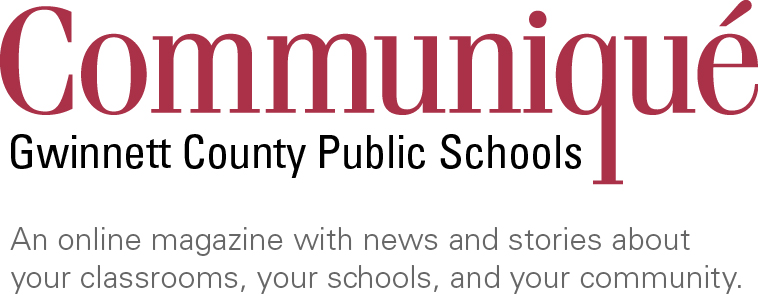A child’s early years lay the foundation for all that is to come. Researchers say that the human brain develops the vast majority of its neurons, and is at its most receptive to learning, between birth and age three. Here are a few ideas for helping your young learner thrive today and prepare for school in the future.
1-2-3, count with me. Take a walk or look out the window and count what you see! How many trees, birds, butterflies, and flowers can you see? As you count together and talk about what you see, use color words.
Pictures from shapes. Together, use shapes cut from colored paper or draw pictures with shapes. Try a square and a triangle for a house, a circle and a triangle for ice cream, and a rectangle and some circles for a vehicle.
Snack Sorting. Put a couple of different kinds of snacks onto a plate. Encourage your child to sort like items together. This might be putting salty snacks together and sweet snacks together, or separating all of the pretzels from the Goldfish. Sort colored cereal by color, size, or shape. Talk about how the snacks are the same and different.
Touch and count lunch. Ask your child to touch and count or slide and count the items on his or her plate.
Signs of the Season. Take a walk or look outside to identify some signs of the season. Look for birds, butterflies, flowers, bees and even pollen. Talk about weather like rain, wind, and warm and cool temperatures. As the season begins to change, ask your child what changes he or she sees and feels outdoors.
Explore your fruits and vegetables. When eating together, talk about fruits and vegetables on your child’s plate. Talk with your child about color, size, shape, texture, seeds, and taste! Can they think of other things with the same color or shape? Talk about how fruits and vegetables grow.
Write… with anything! Allow your child to use new materials for writing… pencils, markers, crayons, chalk, paint, and even shaving cream! Let your child write with a stick in the sandbox or dirt. The possibilities are endless!
Make your own dough! Mix equal parts of flour and water together in a bowl. With the dough, allow your child to make letters, numbers, shapes, and items to count. Rolling and squeezing the dough will build fine motor muscles.
Make sensory bags. Use any type of gel and sealable bags to create sensory bags. Make sure you double bag and tape the seal. Allow your child to squeeze it, squish it and even “write” in it by pressing down and moving his or her finger. Talk about how it feels!
Move like an animal! Talk about animals and how they move. Together, move like your favorite animals… hop like rabbits, slither like snakes, scuttle sideways like crabs, gallop like horses gallop. So many options to explore!
Balance beam. Encourage children to practice balancing. You might use the edge of a rug like a tight rope or draw a line of chalk on the sidewalk. Ask your child to practice standing on one foot or walking with a book or stuffed animal on his or her head without letting it fall. Body awareness is a skill we all have to learn.
Read, read and read AGAIN. Repeated reading is very important for our youngest learners. As adults, we might be tired of reading the same book repeatedly, but children love to read familiar books. They know what to expect, become aware of new details on the pages, and begin to truly notice the words on the page and start to practice tracking the words with their fingers. So, sit down together, and read that familiar book over and over! Memorization of familiar books is a step toward reading!
Find more tips and resources on the GCPS website and our Pinterest Early Learning board, including:
Important milestones at ages 2 months, 4 months, 6 months, 9 months, 1 year, 2 years, 3 years, 4 years, and 5 years;
Information on GCPS’ Play 2 Learn program (English and Spanish) that supports families and their children as they learn through play together, with home learning activities in English (set 1, set 2) and Spanish (set 1, set 2);
Popular books for young readers, bedtime math, and ways to prepare for kindergarten; and
Other resources from Zero to Three, Vroom, PBS Kids, Atlanta Speech School, and Ready4KGA.
We’ll be sharing more tips so watch for the next installment of DLD Daily Dozen

